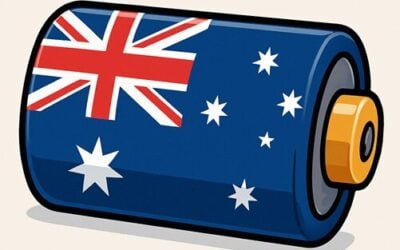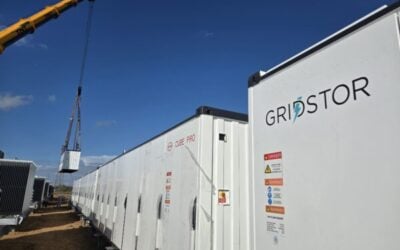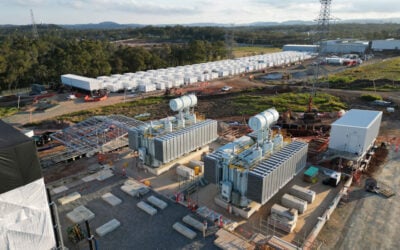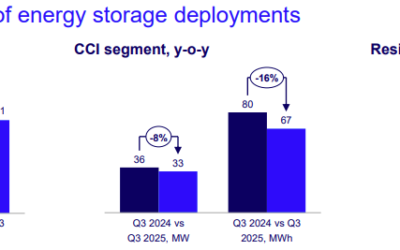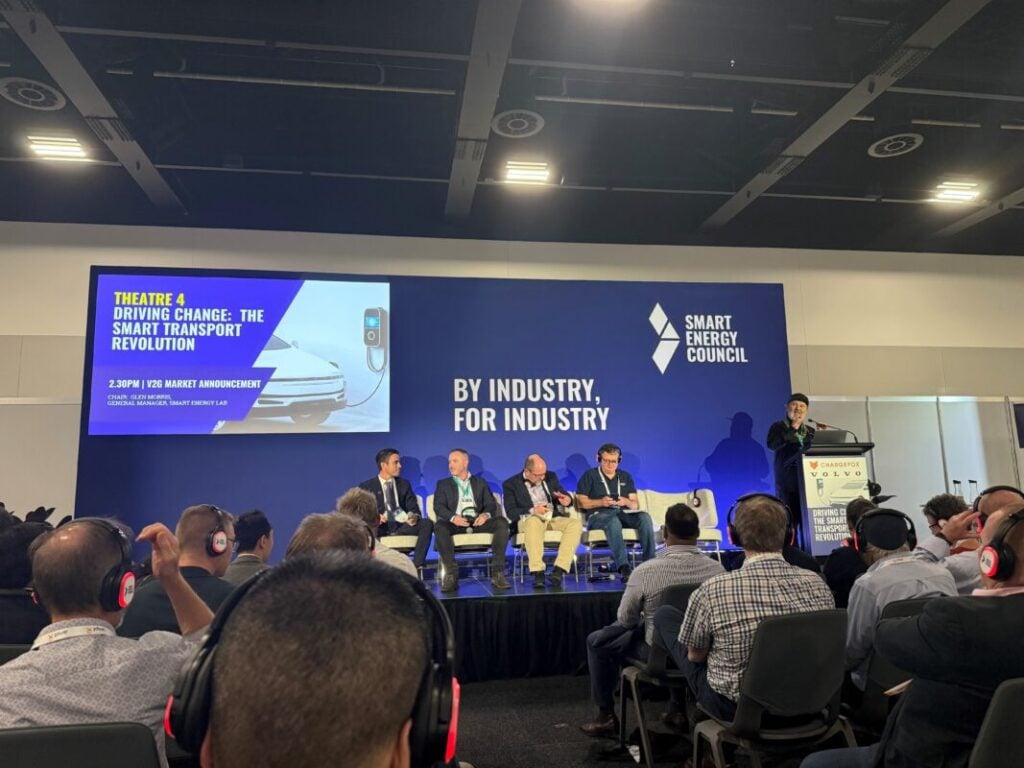
Australian electricity distributor Essential Energy has confirmed that vehicle-to-grid (V2G) charging technology is now market-ready in Australia.
The announcement made earlier this week on the sidelines of the Smart Energy Conference in partnership with Australia’s national science agency, CSIRO, Sigenergy, a renewable energy technology company, and AUSEV, a distributor of commercial electric vehicles (EVs), essentially gives customers the green light to use V2G on the Essential Energy network.
Luke Jenner, chief operating officer of Essential Energy, said the announcement was a huge step forward in enabling the energy transition, highlighting that V2G was now market-ready.
“V2G unlocks the potential for customers to get more value out of their renewable energy investments and is a critical step in facilitating the uptake of electric vehicles. We have been trialling V2G on our network since 2023 with a customer using his Nissan Leaf and the Wallbox Quasar charger,” Jenner said.
Try Premium for just $1
- Full premium access for the first month at only $1
- Converts to an annual rate after 30 days unless cancelled
- Cancel anytime during the trial period
Premium Benefits
- Expert industry analysis and interviews
- Digital access to PV Tech Power journal
- Exclusive event discounts
Or get the full Premium subscription right away
Or continue reading this article for free
Essential Energy’s Jenner told the audience that the organisation had completed a trial in which it connected AUSEV’s Ford F-150 Lightning, an electric light-duty truck, with a combined charging system (CCS2) DC bi-directional charger and the Clean Energy Council-approved Sigenergy storage system. Customers have been told they can use this configuration on Essential Energy’s network.
‘We’re talking 56GW V2G energy storage capacity by 2035’
Before the Ford F-150 Lightning, Essential Energy had been trialling V2G connectivity with a Nissan Leaf, a smaller SUV-style vehicle with battery sizes of 40kWh and 62kWh. In contrast, the Ford Lightning’s battery size is much larger, coming in at 131kWh.
But why is this significant from an energy storage perspective? According to Jenner, Essential Energy’s network covers around 96% of New South Wales, including rural locations. If there were 500 Ford F-150 Lightning’s on the road, and just half of these had V2G capabilities, this could grant 32.75MWh of grid-connected energy storage capacity.
In addition, Chris Dunstan, energy strategy leader at CSIRO and one of the earliest advocates for V2G technology in Australia, highlighted the technology’s potential when factoring in Australia’s projected EV uptake.
“We are expecting around eight million EVs on Australian roads by 2035. If each of these could export 7kW, we’re talking 56GW of capacity. If even half of these have V2G capabilities and then a half are exporting, that’s still 14GW,” Dunstan said to the conference audience.
“V2G takes the EV and turns it into the Swiss Army Knife of the clean energy transition.”
This echoes the thoughts of RedEarth Energy Storage, a Queensland-based energy storage solutions provider set to enter the vehicle-to-everything (V2X) space. Last year, Charlie Walker, CEO and co-founder and Marc Sheldon, chief operating officer at RedEarth, told ESN Premium that Australia could secure 3-5GWh of V2X bidirectional charging in one year.
Essential Energy and CSIRO confirmed they are currently investigating V2G technology with other car manufacturers to provide additional options for customers.
CSIRO added in a separate statement that the two companies will expand their collaboration and now focus on expanding Essential Energy’s V2G testing laboratory in Port Macquarie’s capabilities, further refining how bi-directional charging technology can be implemented and exploring real-world deployment scenarios.


